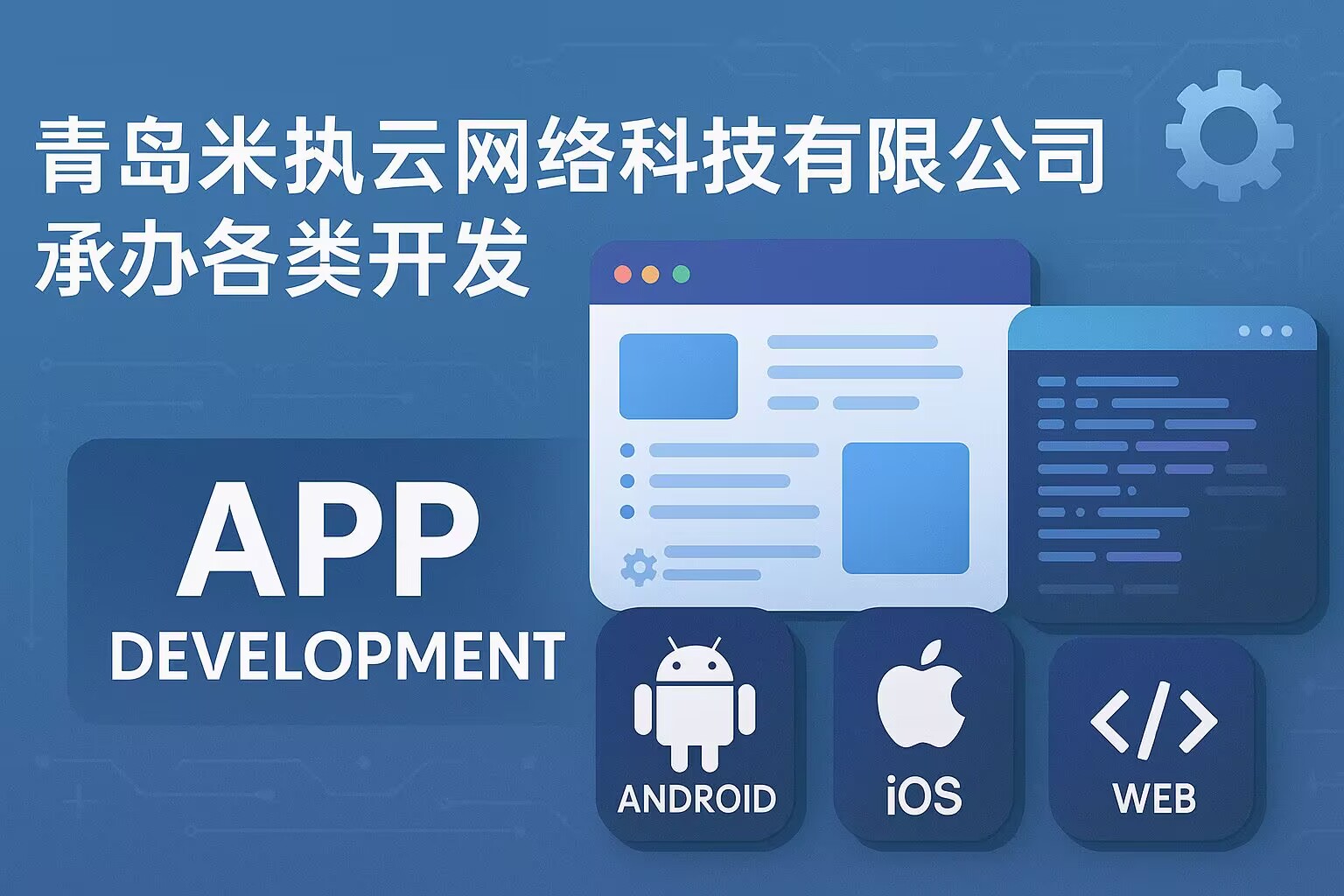中间件
介绍
中间件为检查和过滤进入应用程序的HTTP请求提供了一种方便的机制。例如,Laravel包含一个中间件,用于验证应用程序的用户是否已认证。如果用户未认证,中间件将用户重定向到应用程序的登录屏幕。然而,如果用户已认证,中间件将允许请求进一步进入应用程序。
除了认证之外,还可以编写其他中间件来执行各种任务。例如,日志中间件可能会记录应用程序的所有传入请求。Laravel中包含了多种中间件,包括用于认证和CSRF保护的中间件;然而,所有用户定义的中间件通常位于应用程序的app/Http/Middleware目录中。
定义中间件
要创建新的中间件,请使用make:middleware Artisan命令:
php artisan make:middleware EnsureTokenIsValid此命令将在app/Http/Middleware目录中放置一个新的EnsureTokenIsValid类。在此中间件中,我们将仅允许访问路由,如果提供的token输入与指定值匹配。否则,我们将用户重定向回/home URI:
<?php
namespace App\Http\Middleware;
use Closure;
use Illuminate\Http\Request;
use Symfony\Component\HttpFoundation\Response;
class EnsureTokenIsValid
{
/**
* 处理传入请求。
*
* @param \Closure(\Illuminate\Http\Request): (\Symfony\Component\HttpFoundation\Response) $next
*/
public function handle(Request $request, Closure $next): Response
{
if ($request->input('token') !== 'my-secret-token') {
return redirect('/home');
}
return $next($request);
}
}如您所见,如果给定的token与我们的秘密令牌不匹配,中间件将返回HTTP重定向给客户端;否则,请求将被进一步传递到应用程序中。要将请求更深入地传递到应用程序中(允许中间件“通过”),您应该使用$request调用$next回调。
最好将中间件设想为HTTP请求在到达应用程序之前必须通过的一系列“层”。每一层都可以检查请求,甚至完全拒绝它。
NOTE
所有中间件都是通过服务容器解析的,因此您可以在中间件的构造函数中类型提示任何所需的依赖项。
中间件和响应
当然,中间件可以在将请求传递到应用程序更深层次之前或之后执行任务。例如,以下中间件将在请求被应用程序处理之前执行某些任务:
<?php
namespace App\Http\Middleware;
use Closure;
use Illuminate\Http\Request;
use Symfony\Component\HttpFoundation\Response;
class BeforeMiddleware
{
public function handle(Request $request, Closure $next): Response
{
// 执行动作
return $next($request);
}
}然而,此中间件将在请求被应用程序处理之后执行其任务:
<?php
namespace App\Http\Middleware;
use Closure;
use Illuminate\Http\Request;
use Symfony\Component\HttpFoundation\Response;
class AfterMiddleware
{
public function handle(Request $request, Closure $next): Response
{
$response = $next($request);
// 执行动作
return $response;
}
}注册中间件
全局中间件
如果您希望中间件在应用程序的每个HTTP请求期间运行,可以将其附加到应用程序的bootstrap/app.php文件中的全局中间件堆栈中:
use App\Http\Middleware\EnsureTokenIsValid;
->withMiddleware(function (Middleware $middleware) {
$middleware->append(EnsureTokenIsValid::class);
})提供给withMiddleware闭包的$middleware对象是Illuminate\Foundation\Configuration\Middleware的实例,负责管理分配给应用程序路由的中间件。append方法将中间件添加到全局中间件列表的末尾。如果您希望将中间件添加到列表的开头,应该使用prepend方法。
手动管理Laravel的默认全局中间件
如果您希望手动管理Laravel的全局中间件堆栈,可以将Laravel的默认全局中间件堆栈提供给use方法。然后,您可以根据需要调整默认中间件堆栈:
->withMiddleware(function (Middleware $middleware) {
$middleware->use([
\Illuminate\Foundation\Http\Middleware\InvokeDeferredCallbacks::class,
// \Illuminate\Http\Middleware\TrustHosts::class,
\Illuminate\Http\Middleware\TrustProxies::class,
\Illuminate\Http\Middleware\HandleCors::class,
\Illuminate\Foundation\Http\Middleware\PreventRequestsDuringMaintenance::class,
\Illuminate\Http\Middleware\ValidatePostSize::class,
\Illuminate\Foundation\Http\Middleware\TrimStrings::class,
\Illuminate\Foundation\Http\Middleware\ConvertEmptyStringsToNull::class,
]);
})将中间件分配给路由
如果您希望将中间件分配给特定路由,可以在定义路由时调用middleware方法:
use App\Http\Middleware\EnsureTokenIsValid;
Route::get('/profile', function () {
// ...
})->middleware(EnsureTokenIsValid::class);您可以通过将中间件名称数组传递给middleware方法来为路由分配多个中间件:
Route::get('/', function () {
// ...
})->middleware([First::class, Second::class]);排除中间件
在将中间件分配给一组路由时,您可能偶尔需要防止中间件应用于组中的单个路由。您可以使用withoutMiddleware方法实现此目的:
use App\Http\Middleware\EnsureTokenIsValid;
Route::middleware([EnsureTokenIsValid::class])->group(function () {
Route::get('/', function () {
// ...
});
Route::get('/profile', function () {
// ...
})->withoutMiddleware([EnsureTokenIsValid::class]);
});您还可以从一组路由定义中排除给定的一组中间件:
use App\Http\Middleware\EnsureTokenIsValid;
Route::withoutMiddleware([EnsureTokenIsValid::class])->group(function () {
Route::get('/profile', function () {
// ...
});
});withoutMiddleware方法只能删除路由中间件,不适用于全局中间件。
中间件组
有时您可能希望将多个中间件分组在一个键下,以便更容易地分配给路由。您可以在应用程序的bootstrap/app.php文件中使用appendToGroup方法实现此目的:
use App\Http\Middleware\First;
use App\Http\Middleware\Second;
->withMiddleware(function (Middleware $middleware) {
$middleware->appendToGroup('group-name', [
First::class,
Second::class,
]);
$middleware->prependToGroup('group-name', [
First::class,
Second::class,
]);
})中间件组可以使用与单个中间件相同的语法分配给路由和控制器操作:
Route::get('/', function () {
// ...
})->middleware('group-name');
Route::middleware(['group-name'])->group(function () {
// ...
});Laravel的默认中间件组
Laravel包含预定义的web和api中间件组,其中包含您可能希望应用于Web和API路由的常用中间件。请记住,Laravel会自动将这些中间件组应用于相应的routes/web.php和routes/api.php文件:
web 中间件组 |
|---|
Illuminate\Cookie\Middleware\EncryptCookies |
Illuminate\Cookie\Middleware\AddQueuedCookiesToResponse |
Illuminate\Session\Middleware\StartSession |
Illuminate\View\Middleware\ShareErrorsFromSession |
Illuminate\Foundation\Http\Middleware\ValidateCsrfToken |
Illuminate\Routing\Middleware\SubstituteBindings |
api 中间件组 |
|---|
Illuminate\Routing\Middleware\SubstituteBindings |
如果您希望将中间件附加或前置到这些组中,可以在应用程序的bootstrap/app.php文件中使用web和api方法。web和api方法是appendToGroup方法的便捷替代方案:
use App\Http\Middleware\EnsureTokenIsValid;
use App\Http\Middleware\EnsureUserIsSubscribed;
->withMiddleware(function (Middleware $middleware) {
$middleware->web(append: [
EnsureUserIsSubscribed::class,
]);
$middleware->api(prepend: [
EnsureTokenIsValid::class,
]);
})您甚至可以用自己的自定义中间件替换Laravel的默认中间件组条目:
use App\Http\Middleware\StartCustomSession;
use Illuminate\Session\Middleware\StartSession;
$middleware->web(replace: [
StartSession::class => StartCustomSession::class,
]);或者,您可以完全删除中间件:
$middleware->web(remove: [
StartSession::class,
]);手动管理Laravel的默认中间件组
如果您希望手动管理Laravel默认的web和api中间件组中的所有中间件,可以完全重新定义这些组。下面的示例将使用其默认中间件定义web和api中间件组,允许您根据需要自定义它们:
->withMiddleware(function (Middleware $middleware) {
$middleware->group('web', [
\Illuminate\Cookie\Middleware\EncryptCookies::class,
\Illuminate\Cookie\Middleware\AddQueuedCookiesToResponse::class,
\Illuminate\Session\Middleware\StartSession::class,
\Illuminate\View\Middleware\ShareErrorsFromSession::class,
\Illuminate\Foundation\Http\Middleware\ValidateCsrfToken::class,
\Illuminate\Routing\Middleware\SubstituteBindings::class,
// \Illuminate\Session\Middleware\AuthenticateSession::class,
]);
$middleware->group('api', [
// \Laravel\Sanctum\Http\Middleware\EnsureFrontendRequestsAreStateful::class,
// 'throttle:api',
\Illuminate\Routing\Middleware\SubstituteBindings::class,
]);
})NOTE
默认情况下,web和api中间件组会自动应用于应用程序的相应routes/web.php和routes/api.php文件中。
中间件别名
您可以在应用程序的bootstrap/app.php文件中为中间件分配别名。中间件别名允许您为给定的中间件类定义一个简短的别名,这对于具有较长类名的中间件尤其有用:
use App\Http\Middleware\EnsureUserIsSubscribed;
->withMiddleware(function (Middleware $middleware) {
$middleware->alias([
'subscribed' => EnsureUserIsSubscribed::class
]);
})一旦在应用程序的bootstrap/app.php文件中定义了中间件别名,您可以在将中间件分配给路由时使用该别名:
Route::get('/profile', function () {
// ...
})->middleware('subscribed');为了方便起见,Laravel的一些内置中间件默认情况下是有别名的。例如,auth中间件是Illuminate\Auth\Middleware\Authenticate中间件的别名。以下是默认中间件别名的列表:
| 别名 | 中间件 |
|---|---|
auth | Illuminate\Auth\Middleware\Authenticate |
auth.basic | Illuminate\Auth\Middleware\AuthenticateWithBasicAuth |
auth.session | Illuminate\Session\Middleware\AuthenticateSession |
cache.headers | Illuminate\Http\Middleware\SetCacheHeaders |
can | Illuminate\Auth\Middleware\Authorize |
guest | Illuminate\Auth\Middleware\RedirectIfAuthenticated |
password.confirm | Illuminate\Auth\Middleware\RequirePassword |
precognitive | Illuminate\Foundation\Http\Middleware\HandlePrecognitiveRequests |
signed | Illuminate\Routing\Middleware\ValidateSignature |
subscribed | \Spark\Http\Middleware\VerifyBillableIsSubscribed |
throttle | Illuminate\Routing\Middleware\ThrottleRequests 或 Illuminate\Routing\Middleware\ThrottleRequestsWithRedis |
verified | Illuminate\Auth\Middleware\EnsureEmailIsVerified |
排序中间件
很少情况下,您可能需要中间件以特定顺序执行,但无法控制它们在分配给路由时的顺序。在这些情况下,您可以在应用程序的bootstrap/app.php文件中使用priority方法指定中间件优先级:
->withMiddleware(function (Middleware $middleware) {
$middleware->priority([
\Illuminate\Foundation\Http\Middleware\HandlePrecognitiveRequests::class,
\Illuminate\Cookie\Middleware\EncryptCookies::class,
\Illuminate\Cookie\Middleware\AddQueuedCookiesToResponse::class,
\Illuminate\Session\Middleware\StartSession::class,
\Illuminate\View\Middleware\ShareErrorsFromSession::class,
\Illuminate\Foundation\Http\Middleware\ValidateCsrfToken::class,
\Laravel\Sanctum\Http\Middleware\EnsureFrontendRequestsAreStateful::class,
\Illuminate\Routing\Middleware\ThrottleRequests::class,
\Illuminate\Routing\Middleware\ThrottleRequestsWithRedis::class,
\Illuminate\Routing\Middleware\SubstituteBindings::class,
\Illuminate\Contracts\Auth\Middleware\AuthenticatesRequests::class,
\Illuminate\Auth\Middleware\Authorize::class,
]);
})中间件参数
中间件还可以接收其他参数。例如,如果您的应用程序需要在执行给定操作之前验证认证用户是否具有给定“角色”,您可以创建一个EnsureUserHasRole中间件,该中间件接收角色名称作为附加参数。
附加的中间件参数将在$next参数之后传递给中间件:
<?php
namespace App\Http\Middleware;
use Closure;
use Illuminate\Http\Request;
use Symfony\Component\HttpFoundation\Response;
class EnsureUserHasRole
{
/**
* 处理传入请求。
*
* @param \Closure(\Illuminate\Http\Request): (\Symfony\Component\HttpFoundation\Response) $next
*/
public function handle(Request $request, Closure $next, string $role): Response
{
if (! $request->user()->hasRole($role)) {
// 重定向...
}
return $next($request);
}
}在定义路由时,可以通过用:分隔中间件名称和参数来指定中间件参数:
use App\Http\Middleware\EnsureUserHasRole;
Route::put('/post/{id}', function (string $id) {
// ...
})->middleware(EnsureUserHasRole::class.':editor');多个参数可以用逗号分隔:
Route::put('/post/{id}', function (string $id) {
// ...
})->middleware(EnsureUserHasRole::class.':editor,publisher');可终止中间件
有时,中间件可能需要在HTTP响应发送到浏览器后执行一些工作。如果您在中间件上定义了terminate方法,并且您的Web服务器使用FastCGI,则在响应发送到浏览器后,terminate方法将自动被调用:
<?php
namespace Illuminate\Session\Middleware;
use Closure;
use Illuminate\Http\Request;
use Symfony\Component\HttpFoundation\Response;
class TerminatingMiddleware
{
/**
* 处理传入请求。
*
* @param \Closure(\Illuminate\Http\Request): (\Symfony\Component\HttpFoundation\Response) $next
*/
public function handle(Request $request, Closure $next): Response
{
return $next($request);
}
/**
* 在响应发送到浏览器后处理任务。
*/
public function terminate(Request $request, Response $response): void
{
// ...
}
}terminate方法应接收请求和响应。一旦定义了可终止中间件,您应该将其添加到应用程序的bootstrap/app.php文件中的路由或全局中间件列表中。
在调用中间件的terminate方法时,Laravel将从服务容器解析中间件的新实例。如果您希望在调用handle和terminate方法时使用相同的中间件实例,请使用容器的singleton方法注册中间件。通常,这应该在AppServiceProvider的register方法中完成:
use App\Http\Middleware\TerminatingMiddleware;
/**
* 注册任何应用程序服务。
*/
public function register(): void
{
$this->app->singleton(TerminatingMiddleware::class);
}

